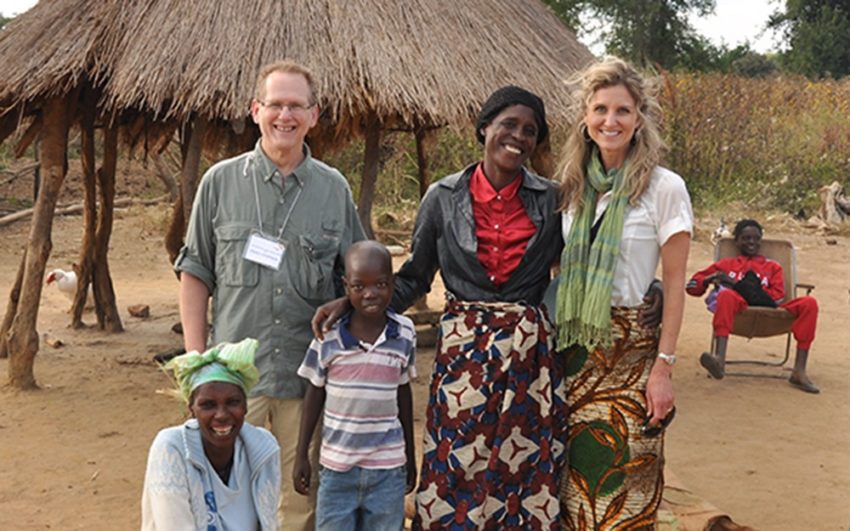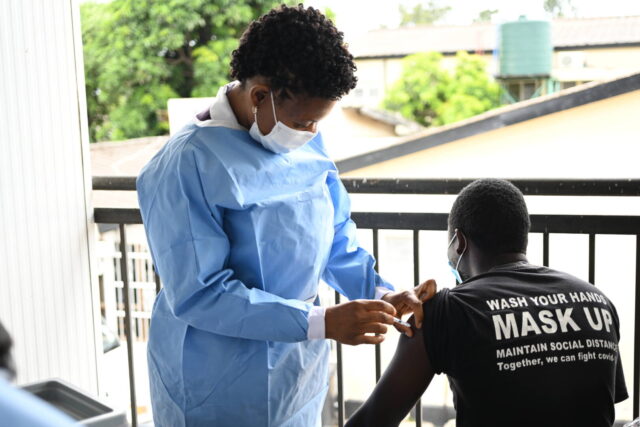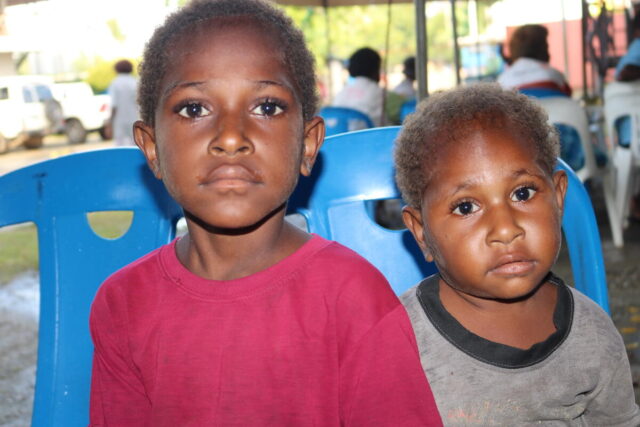It’s riveting to meet a child who is probably alive today because of a decision you helped make half a world away.
On a recent visit to Zambia, I met Oswald, an 11-year-old boy who may have been saved from death because of an innovative program called mHealth (mobile health). This cellphone-based program allowed Betsy, a volunteer community caregiver, to assess that Oswald had a dangerous case of malaria, which convinced his mother to walk the four hours needed to get him to the nearest clinic.
Because Oswald was pre-screened, he received priority treatment and the drugs he needed quickly. When we met him, he was fully recovered — and he wants to be a doctor.
Several members of World Vision’s innovation fund grant committee were with me on the trip to Zambia. They had decided about a year earlier to provide funding for this pilot project and now could see the impact of their decision on one child’s life. Today, World Vision’s mHealth is being expanded to assist some 5,000 volunteer caregivers in three countries, with eight more countries to benefit soon.
This amazing multiplier effect shouldn’t be surprising. Jesus tells the parable of the sower, who scatters his seed on the ground as best he knows how. Some seed never germinates, some quickly die, but some seed strikes pay dirt and produces 30-, 60-, or even 100-fold.
That’s the idea behind World Vision’s innovation fund. Some of the grants our donor-led grant committee approved will fail. But some of them will, with God’s help, amaze us with their impact, as we’re already seeing with the mHealth program.
Another grant has helped to develop a hand-auger method of drilling wells, which reduced the cost of providing clean water 10-fold and created well-drilling businesses. This innovation brings a well within reach for some very poor communities. A third grant has reduced the per-transaction cost of repaying microloans from 96 cents to 2 cents. That’s a 48-fold improvement.
Still other seed fell on good soil. It came up, grew and produced a crop, some multiplying thirty, some sixty, some a hundred times.—Mark 4:8 (NIV)
World Vision is a fantastic place to innovate. When we get it right, it can affect hundreds of thousands, if not millions, of people.
Case in point: I was involved in the first savings group pilot we launched with a few hundred participants. This is a wonderful method for helping the very poor — those who could not access bank services — to safely save and lend their money. Fast-forward about eight years, and today World Vision counts more than 680,000 members of savings groups in 30 countries and growing.
I visited one savings group the same week we met Oswald. Each member was saving $2 each week and lending money to the members in amounts from $5 to $15 for school fees, business start-ups, and other critical needs. They even have a social fund set aside, which helped a member whose home burned down. This group of 20 women saved $1,200 by the end of the first year. Each member earned 20% interest, unimaginable to them previously.
Jesus also told the parable of the talents and the steward who played it safe, thinking this strategy would please his master. Yet how does the master respond? By taking away the little bit he had been stewarding and giving it to the ones who made the best returns. The challenge I hear from Jesus is to be a bold kingdom investor, and it is thrilling to take risks on behalf of our poorest global neighbors.
If taking measured risks through innovation can save more lives, God expects nothing less of us.
Cory Trenda has more than three decades of experience working in international nonprofits, predominantly in poverty-alleviation efforts. While living in Silicon Valley during the “Tech Boom,” he became inspired to see the critical importance of innovation and wise risk-taking in order to accelerate achieving the world’s most pressing objectives: the well-being of children and the end of extreme poverty. Thus, he led the launch of World Vision’s industry-leading innovation fund.




